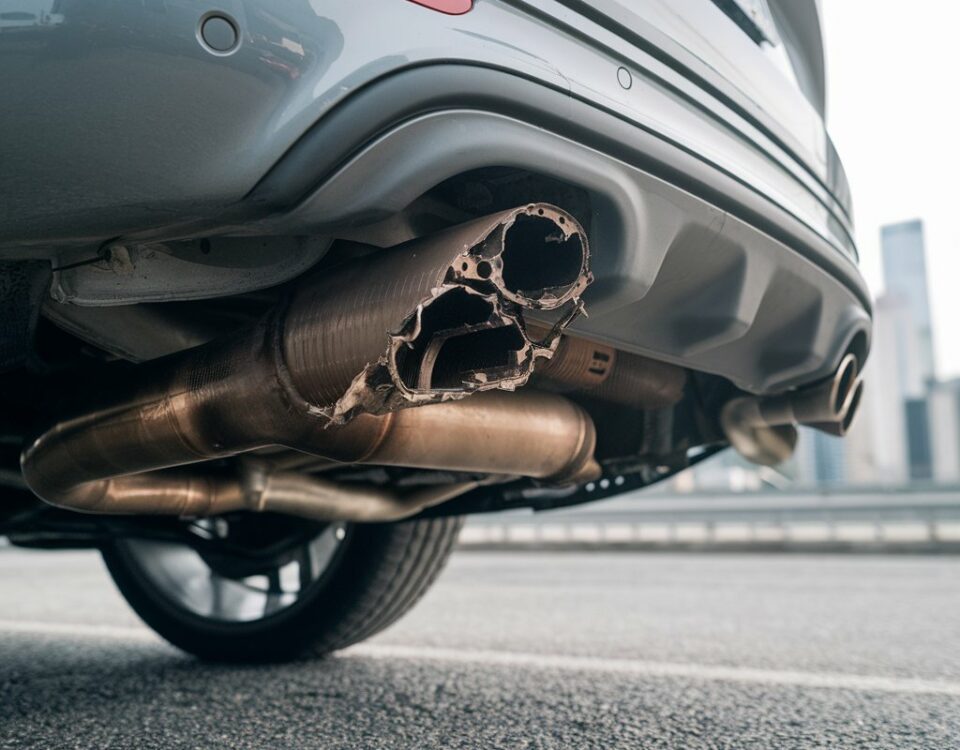
The Importance of Smog Inspection
December 15, 2022Benefits of Smog Inspection
December 15, 2022Driving your car to the smog station is a nerve-wracking experience and could result in costly repairs and late DMV registration fees, and the stress associated with unexpected costs. If your car isn’t new, it’s possible that it will not pass the test. However, did you know there are some things you could take to improve your chance of passing the exam? Let’s examine some of them.
1. Examine your “check engine” light. If the “Check Engine” light is visible, it indicates that you have failed the smog test. Numerous car repair shops provide no-cost “Check Engine light checks” equipped with equipment to interpret the exact problem. If your mechanic informs you that it’s time to fix something make sure it is fixed prior to the smog test or light will be turned off.
2- Ensure the battery hasn’t been disconnected. If your vehicle has recently required a jumpstart or you’ve replaced the battery, it should be for at least a week before conducting the Smog test. When a car’s computer is shut off, energy, the computer erases all the internal self-test monitors, which includes the emissions monitor required for a smog inspection. After 100-200 miles of driving the emission monitor is restored.
3- Get an oil change – Dirty oil is high in hydrocarbons–pollutants that will trigger a smog test fail–so make sure your car is filled up with fresh oil.
4. Get an oil change – to ensure that your engine is in prime condition. But not prior to the smog test, as once a tune-up has been completed, the computer will be turned off, thus erasing the self-test monitors that are internal to the system. So, make sure you tune-up, drive for 100-200 miles, and then take the test.
5. Fill the coolant up – A part of the Smog test is to run the engine at a high speed even when it’s stationary. This means less air flows through the radiator in order to cool it. Prior to your smog test make sure that the coolant tank is fully stocked along with the gas tank. A low gas level can expose the fuel pump, allowing gas vapor enter the fuel line. This could cause the car to fail.
6. You must drive as fast as is permitted on the freeway for two weeks prior to the test If you’re unfamiliar with the catalytic converter. It’s a component of the engine that transforms pollutants into emissions that are less hazardous. It has to be hot enough in order to complete its job, so make sure to travel at the speed you can on the highway, especially in the 2 weeks prior to the smog test. This will eliminate any oil or gas leftovers.
Now, you’re aware of what steps you can use to increase the chance of passing your test. After you’ve done all of thesesteps, go to the nearest smog inspection station and have your test taken.




